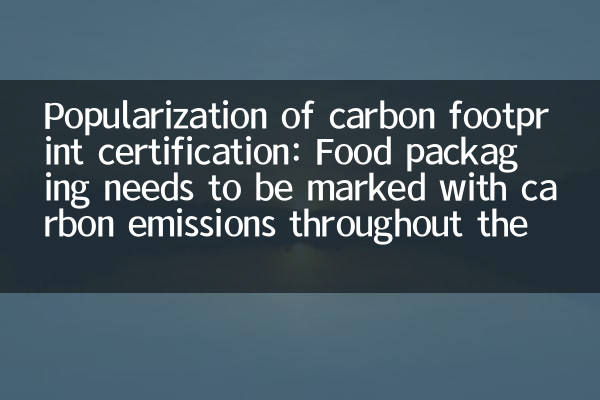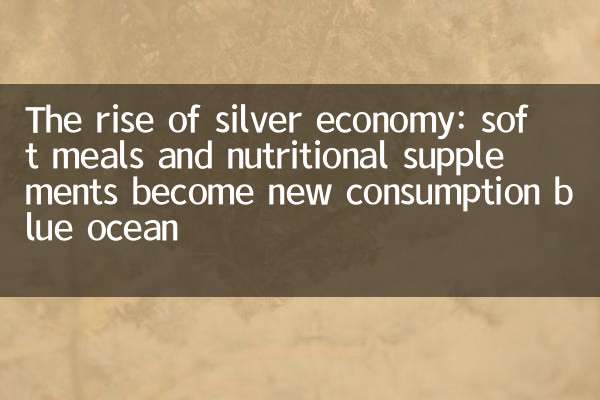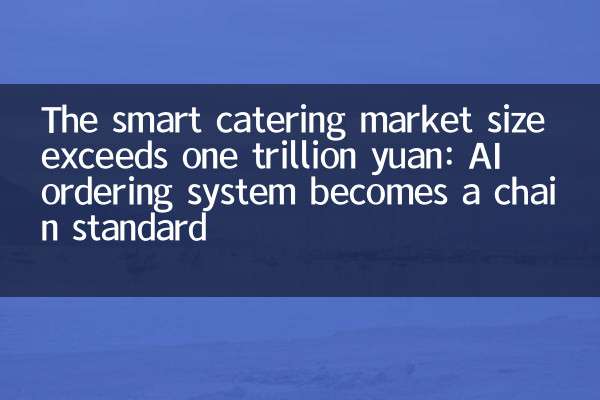Popularization of carbon footprint certification: Food packaging needs to be marked with carbon emissions throughout the life cycle
In recent years, as global climate change problems become increasingly serious, carbon footprint certification has gradually become the focus of attention of enterprises and consumers. The latest data shows that as one of the important sources of carbon emissions, the carbon footprint management of the food industry is particularly critical in its packaging process. To this end, governments and industry associations in many places are promoting the labeling of whole life cycle carbon emissions in food packaging to promote green consumption and sustainable development.
1. Background and significance of carbon footprint certification

Carbon footprint refers to the total amount of greenhouse gas emissions generated directly or indirectly throughout the life cycle of a product or service. Food packaging produces carbon emissions in every link from raw material collection, production, transportation, use to waste disposal. Labeling carbon emissions throughout the life cycle not only helps consumers make environmentally friendly choices, but also forces companies to optimize their supply chains and reduce carbon intensity.
According to data from the International Energy Agency (IEA), global food system carbon emissions account for 26% of the total, of which the packaging process accounts for about 5%-10%. The following is a comparison of carbon emissions of some common food packaging materials:
| Packaging materials | Carbon emissions (kg CO₂e/kg) | Recyclability |
|---|---|---|
| Plastic (PET) | 3.2 | Partially recyclable |
| Glass | 1.4 | Fully recyclable |
| Aluminum cans | 8.6 | Fully recyclable |
| cardboard | 1.1 | Completely degradable |
2. Progress in global carbon footprint marking policy
The EU, Japan and other regions have taken the lead in implementing a pilot project on carbon footprint labeling. The following are recent policy trends:
| area | Policy content | Implementation time |
|---|---|---|
| EU | Some food packaging is required to mark the full life cycle carbon emissions | 2025 pilot |
| Japan | Enterprises are encouraged to voluntarily mark their carbon footprints | Started in 2023 |
| China | Explore the carbon label system and give priority to the pilot of the food industry | 2024 plan |
3. Corporate practice and consumer feedback
Some leading companies have begun to try carbon footprint annotation. For example, an international beverage brand marked "Carbon emissions: 0.12kg CO₂e" on its bottled water packaging and promised to reduce the packaging carbon footprint by 50% by 2030. Consumer surveys show that more than 60% of respondents are willing to pay a premium for low-carbon packaging, but also put higher requirements on the transparency and credibility of the data.
4. Challenges and future prospects
Despite the broad prospects for carbon footprint marking, the following challenges are still faced:
1.Data acquisition is difficult: The carbon emission data of each link of the supply chain needs to be accurately calculated, and small and medium-sized enterprises may lack technical capabilities.
2.Not uniform standards: The calculation methods of carbon footprints in various countries vary greatly, and international mutual recognition is needed.
3.Inadequate consumer awareness: It is necessary to strengthen publicity and education to avoid "greenwashing" behavior.
In the future, with the application of blockchain, Internet of Things and other technologies, carbon footprint tracking will be more efficient and transparent. The green revolution in food packaging may become an important breakthrough in global carbon reduction.

check the details

check the details